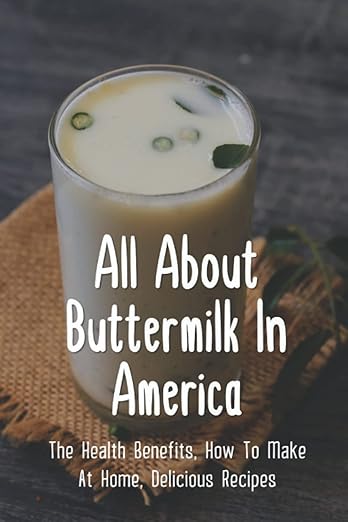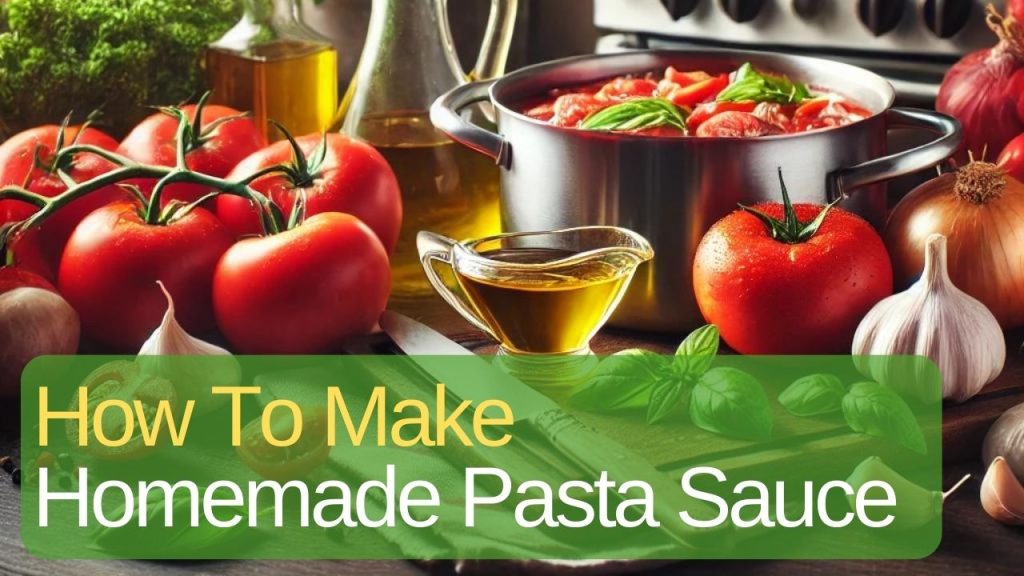Buttermilk is a versatile and essential ingredient in many kitchens, prized for its unique tangy flavor and its ability to enhance the texture and taste of baked goods. Whether you’re a seasoned baker or a curious home cook, learning how to make buttermilk can open up a world of culinary possibilities. In this post, we’ll explore the traditional and modern methods of making buttermilk, provide a step-by-step guide, and share tips and tricks to ensure your homemade buttermilk is perfect every time.

Introduction to Buttermilk and Its Uses
Buttermilk was originally the liquid left behind after churning butter out of cultured cream. Today, most of the buttermilk you find in stores is cultured buttermilk, made by adding lactic acid bacteria to regular milk. Buttermilk is commonly used in baking to add moisture and a tender crumb to cakes, muffins, and breads. Additionally, it serves as a key ingredient in pancakes, biscuits, and marinades.
Traditional vs. Modern Methods of Making Buttermilk
Traditionally, buttermilk was a byproduct of butter-making. However, with the decline of home butter churning, the method has evolved. Nowadays, you can make modern buttermilk easily at home using a few simple ingredients.
Step-by-Step Guide to Making Buttermilk at Home
Ingredients Needed
- 1 cup of milk (whole, 2%, or skim)
- 1 tablespoon of acid (lemon juice or white vinegar)
Equipment Required
- Measuring cups and spoons
- A small bowl or measuring cup
- A whisk or spoon
Detailed Instructions
- Measure the Milk: Pour 1 cup of milk into a small bowl or measuring cup.
- Add the Acid: Add 1 tablespoon of lemon juice or white vinegar to the milk.
- Stir and Let Sit: Stir the mixture well and let it sit at room temperature for about 10-15 minutes. The milk will begin to curdle and thicken.
- Check Consistency: After 15 minutes, the milk should be slightly thickened and resemble buttermilk. If it hasn’t thickened enough, let it sit for a few more minutes.
And that’s it! You have homemade buttermilk ready to use in your recipes. This guide on how to make buttermilk at home ensures you have fresh and tangy buttermilk whenever you need it.
Tips and Tricks for Perfecting Your Buttermilk
- Freshness Matters: Use fresh milk for the best results.
- Alternative Acids: If you don’t have lemon juice or vinegar, you can also use cream of tartar. Use 1 3/4 teaspoons of cream of tartar per 1 cup of milk.
- Storage: Store homemade buttermilk in the refrigerator for up to one week.
Common Mistakes to Avoid
- Wrong Ratio: Ensure you use the correct ratio of milk to acid. Too much acid can make the buttermilk too tangy.
- Insufficient Rest Time: Don’t rush the curdling process. Let the mixture sit for the full 10-15 minutes to achieve the desired consistency.
Uses of Homemade Buttermilk in Various Recipes
Buttermilk is a versatile ingredient and can be used in various recipes:
- Baking: It adds moisture and tenderness to cakes, muffins, and breads.
- Pancakes and Waffles: Buttermilk makes these breakfast staples light and fluffy.
- Biscuits: For soft and flaky biscuits, buttermilk is a must.
- Marinades: Its acidity helps tenderize meats and adds flavor.
- Salad Dressings: Create tangy and creamy dressings for salads.
Conclusion
Making buttermilk at home is simple and rewarding. With just two ingredients and a little patience, you can create a versatile ingredient that enhances many recipes. Give it a try and discover the difference homemade buttermilk can make in your cooking and baking.
FAQ
Can I use any type of milk to make buttermilk?
Yes, you can use whole, 2%, or skim milk to make buttermilk. The richness of the milk will affect the texture and taste slightly, but all will work.
What if I don’t have lemon juice or vinegar?
You can use cream of tartar as a substitute. Use 1 3/4 teaspoons of cream of tartar per 1 cup of milk.
How long does homemade buttermilk last?
Store homemade buttermilk in the refrigerator for up to one week.
Can I freeze homemade buttermilk?
Yes, freeze buttermilk for up to three months. Thaw it in the refrigerator and shake well before using.
Is there a dairy-free alternative to buttermilk?
Yes, you can use non-dairy milk (like almond or soy milk) and add the acid as described above to make a dairy-free version.
This guide on how to make buttermilk at home ensures you have fresh and tangy buttermilk whenever you need it. By following these steps, you can easily create your own buttermilk for baking, cooking, and more. Enjoy the benefits of homemade buttermilk and elevate your culinary creations!













